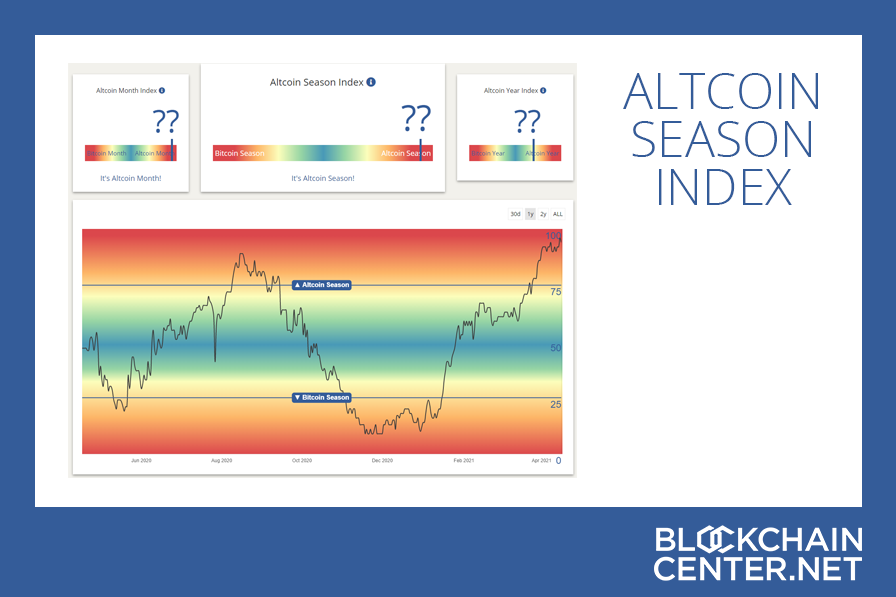Hold the phone, crypto and AI fam! Grayscale, yeah, those guys who’ve been shaking things up in the ETF world, have officially opened the doors to their Decentralized AI Fund for eligible investors. This isn’t just another fund; it’s a freaking statement! They’re betting BIG on the explosive convergence of artificial intelligence and the decentralized web.
Look, we all know AI is the future, but putting it on the blockchain? That’s where things get really interesting. This fund isn’t about picking winners and losers in the traditional AI space – it’s about empowering the open-source, democratized AI revolution.
So, what’s in the bag? The fund’s portfolio is currently rocking six potent tokens: NEAR, TAO, RENDER, FIL, GRT, and LPT. These aren’t hype projects; these are teams actually building, shipping, and disrupting things.
Let’s break down some of the players:
NEAR Protocol is a layer-1 blockchain focused on usability and scalability. It’s a crucial infrastructure for decentralized applications, including those powered by AI.
TAO is at the heart of Bittensor, a decentralized machine learning network. This is where things get spicy – incentivizing AI development in a completely open and transparent way.
Render Network, fueled by the RNDR token, is tackling a HUGE problem: decentralized GPU rendering. It means AI and 3D creation are becoming accessible to everyone.
Filecoin (FIL) offers decentralized data storage. AI requires massive datasets, and Filecoin provides a solution that’s resistant to censorship and single points of failure.
The Graph (GRT) indexes blockchain data. This is essential for AI applications that need to quickly analyze and learn from the ever-growing trove of on-chain information.
Livepeer (LPT) is pioneering decentralized video transcoding. With AI video generation taking off, a decentralized infrastructure for processing that content is vital.
This fund is a bold move. Grayscale is positioning itself at the forefront of a truly transformative technology wave. It’s a signal – pay attention to decentralized AI, because it’s about to get a LOT louder.






